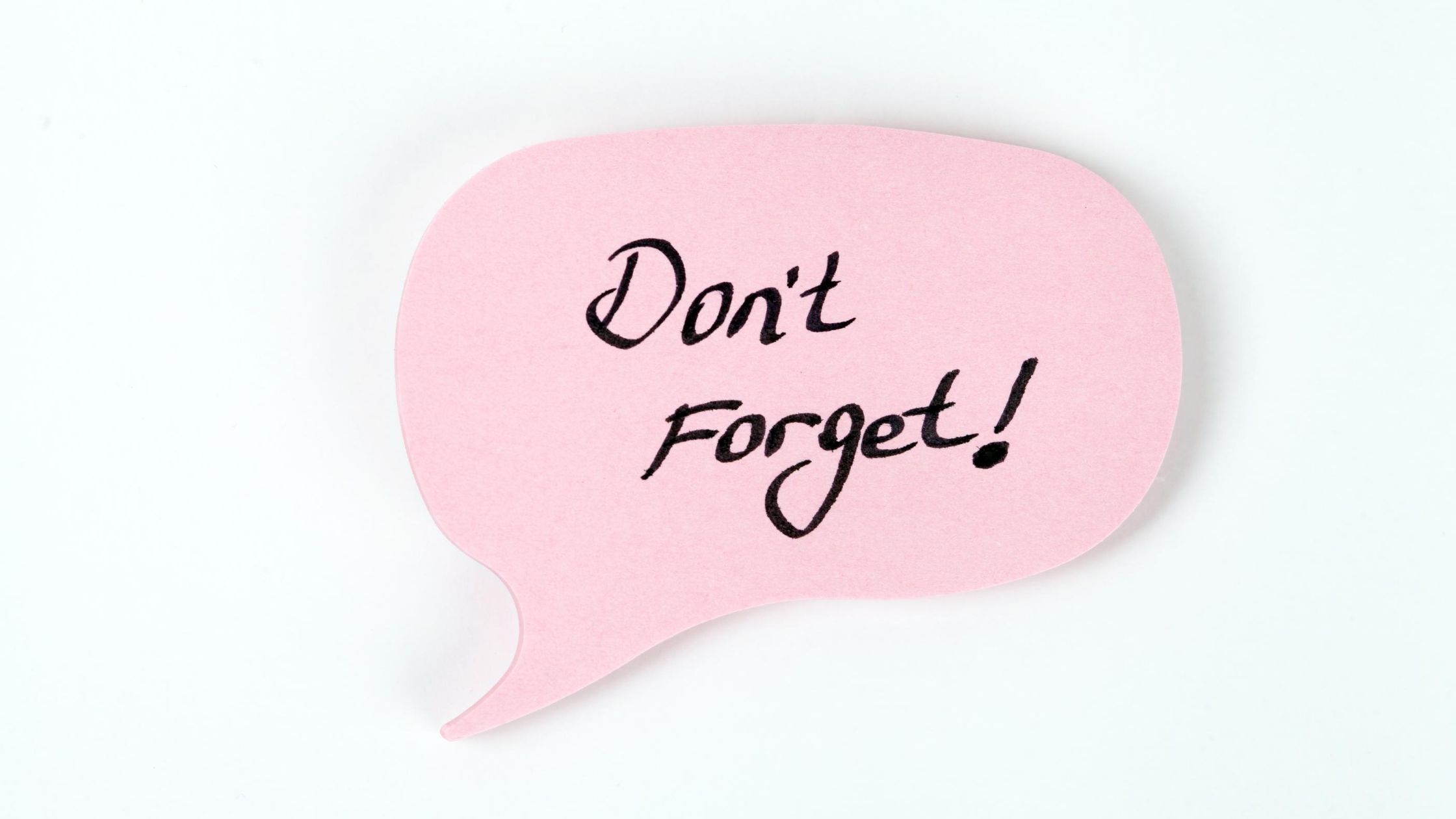Welcome to Unlimited Reminders
Welcome to Unlimited Reminders

Of all the blunders you and your staff could make in a day, appointment reminder mistakes probably seem like some of the least consequential. You may even wonder whether making appointment reminder mistakes is possible. I mean, how badly do you have to do your job to fail at setting up an automated reminder such as e-mail, text message, or phone call appointment reminder?
It almost seems absurd to even consider the possibility of botching such a simple task as reminding people of their appointment. And yet, you’d be surprised at how much money is lost each and every year, simply because businesses failed to use their appointment reminders effectively.
Fortunately, you’re reading this article. And that means you’re about to get the scoop about the biggest appointment reminder mistakes that you (and your competition) are making. But that’s not where we’re stopping. We’re going to show you the most effective ways to avoid these common mistakes so you can send effective reminders, cultivate happier customers, and build a better business.
Appointment reminders aren’t like salt. You don’t need to worry about overdoing it.
I know. When you schedule two (or even three) reminders, you feel like you’re going to come across as pushy or annoying.
But think about it. How many times have you gotten a text message or e-mail, intended to remember to do something, and totally forgotten about it until you got a second (or third…or fourth) message?
It happens. People are forgetful. That’s why we need appointment reminders in the first place. If everyone remembered everything on their calendar perfectly, there’d be no need for reminders. But almost no one has that kind of memory.
So, don’t be scared about sending out two or even three reminders.
Best practices dictate that, at the least, you’ll send a message sometime after the appointment is made, a message the day before the appointment, another message on the day of the appointment, and a follow-up message that asks for feedback about your customer’s experience.
When you think about the need for appointment reminders, you likely have no-shows on your mind. One or two no-shows are enough to drive you crazy. After all, that’s lost business! And it throws your whole schedule off.
But there’s something far worse than no-shows… the people who always arrive late.
Late clients don’t just cause you to lose a little business. They can disrupt an entire day’s work, creating chaos among your staff, and making dozens of other customers angry with you.
All it takes is a single late client to create a ripple effect through your day, leading the rest of your customers to believe that’s just how you do business. Then, they’ll plan on being late the next time. And the vicious cycle continues.
But there’s a way to use appointment reminders effectively and to minimize the damage late clients do to your business.
First, make sure you send a reminder on the day of each appointment. This alone will decrease the number of late clients you have. But don’t stop there.
If you end up with a late-show that threatens the rest of your day, send out a reminder message to everyone else who has an appointment that day. Let them know that there’s been a delay and that their appointment will be pushed back accordingly.
All reminders are not created equal. Depending on how you’re sending out your message, you should tailor it in very specific ways. The wording and length of a text message should be different from that of an e-mail. And the same is true of phone calls. One of the biggest appointment reminder mistakes you can make is treating them all the same.
You should tailor each reminder to its medium. And you also ought to keep in mind that, depending on how you send it, a message will be seen and opened at different rates depending on when it’s sent.
For example, the best time to send a text message is in the early evening, around 6 PM. By this time, people have gotten home from work, they’ve finished their commute, and they likely have their mobile phone close by their side.
On the other hand, the best time to send a phone call is in the later afternoon, around 3 PM. And the best time to send an e-mail in the early morning, around 5 AM.
So, as you’re setting up your appointment reminders, keep the method you’re using in mind. Then, tailor/customize each message so it will have the greatest impact.
By keeping these common appointment reminder mistakes in mind and working to avoid them, you’ll discover that your office can be a much smoother place to work. Enjoy fewer no-shows and latecomers, and a happier work environment. It’s a win-win-win.